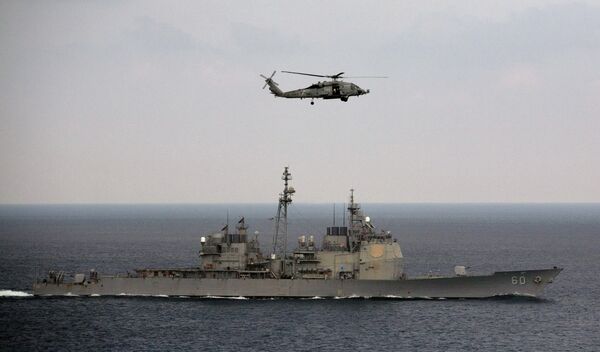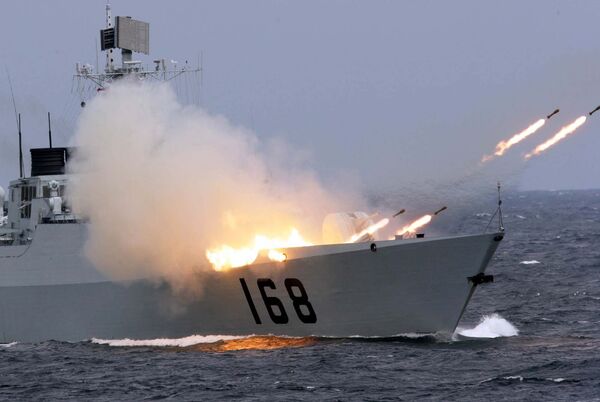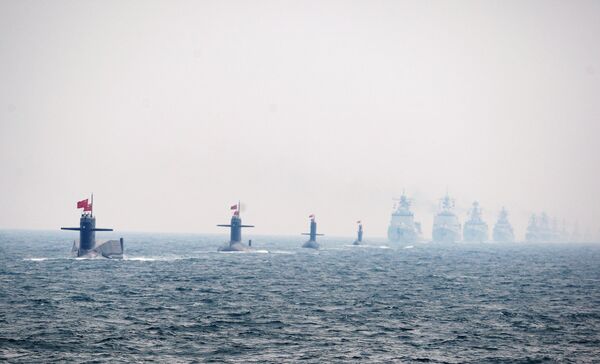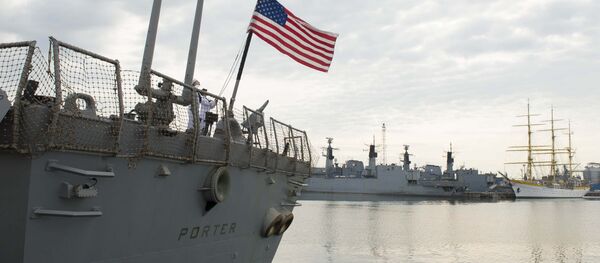He specifically pointed to the fact that these challenges, along with capability risks, come as the US Navy "has some built-in advantages that it has invested in over the past decade."

"Increasingly, rival powers, [such as Russia, China and Iran] are challenging American sea control — something that the US Navy has not encountered since the implosion of the once-mighty Soviet Navy in 1991," Majumdar said, in a nod to the collapse of the Soviet Union 25 years ago.
He was echoed by Admiral Philip S. Davidson, commander of US Navy Fleet Forces Command, who earlier said that Moscow, Beijing and Tehran are trying their best to "deny us sea control."

"It's to let us know the last decade – that aberration — that we would not go unchallenged in the maritime domain. That is one of the areas in which we took risk in the last decade," Davidson said.
According to him, other risks are related to electronic warfare, anti-submarine warfare, over-the-horizon targeting and strikes.

As far as the "built-in advantages" of the US Navy are concerned, they include the Naval Integrated Fire Control battle network, which Majumdar said helps the service aircraft, ships and other assets share information and targeting data.
USS Texas (SSN-775) a Virginia-class submarine.
— Martinez2012 (@look4jsmartinez) 26 июня 2016 г.
"Don't Mess with Texas" pic.twitter.com/BqFTsVgkOm
The US Navy's dominance of the underwater domain remains another major advantage, Majumdar said, referring to the sophisticated submarines.
Russian Yasen-class submarine Severodvinsk (K-329) [1680 × 1050] — #army #military pic.twitter.com/oWfk2s4AR8
— Army Complex (@ArmyComplex) 13 января 2016 г.
"While the Navy's attack submarine fleet is woefully short on boats, the service's Virginia and Seawolf-class vessels are the most advanced in the world — though the Russians, albeit lacking in numbers, are not very far behind," he pointed out.
As for China, the National Interest quoted San Francisco-based defense writer Kyle Mizokami as saying by 2030, the People's Liberation Army Navy (PLAN) may have the largest number of warships in the world.
Russian Borei-class nuclear-powered ballistic missile submarine [1920 × 1080] — #army #military pic.twitter.com/GgVTRNzHIE
— Army Complex (@ArmyComplex) 15 января 2016 г.
Referring to Russia, he said that the country's ballistic missile submarine fleet will have a strong impact on the country's position in the top-five list of the most powerful navies by 2030






